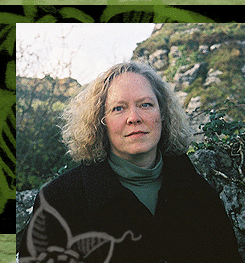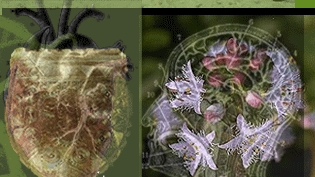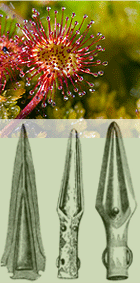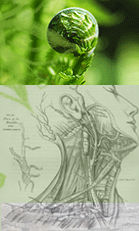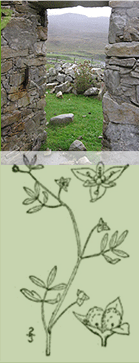FALSE MERMAID
Reading Group Guide
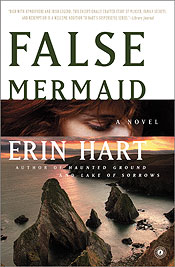
- False Mermaid opens with a newspaper article about the disappearance of a young Irish woman believed in some quarters to have been a selkie (a seal temporarily transformed into a human). What ideas and images did this newspaper article bring to mind? How did the piece set up or color your impressions about how the novel would take shape?
- What parallels do you see between the murder of Nora's sister in Saint Paul, and the hundred-year-old disappearance of Mary Heaney, the young Donegal woman who was rumored to be a selkie? How relevant is the selkie story to the tale of Mary Heaney, or to Tríona Hallet's death?
- Nora believes that her brother-in-law Peter Hallet had some sort of power over her sister Tríona. Did Peter Hallett actually wield such power over his wife? How?
- Nora remembers what Tríona said, that Peter's behavior seemed harmless at first, but that she 'let things go too far.' What do you think Tríona meant by this? Do you think it's possible that she still loved her husband?
- What sorts of experiences and connections do Elizabeth, Tríona, and Nora have with seals in the novel? If the one-eyed seal is a symbol, who or what do you think it represents? What does Cormac discover about his own previously unknown connections with seals and selkies?
- Many characters in the novel are conflicted, torn between loyalties or emotions or places. How does internal conflict affect their external actions? Can you think of instances when it is a positive force or a negative one? Which characters are aware of their conflicts and for which are they subconscious?
- Shape-shifting and transformation are among the major themes in False Mermaid. Several characters are shown changing shape, wearing disguises, or assuming a different identity. Can you think of several instances where this sort of change is depicted or suggested?
- Ireland has long been a place where belief in the otherworld remains strong. Does the American portion of False Mermaid also contain other-worldly elements? Which characters, scenes, or images in the Saint Paul-based chapters help to underscore the novel's other-wordly atmosphere?
- Each section of False Mermaid begins with a quotation from a Victorian folklorist or naturalist. What did you learn about the prevailing Victorian attitudes toward the subjects these men were writing about—the relationships between humans and animals, between civilized societies and so-called 'primitive cultures' (which included most of Irish rural culture at the time), and unsettling, ancient notions of female emancipation represented by the selkie stories?
- Both Nora Gavin and her sister fear that they've lost the ability to distinguish truth from falsehood. Why? Think about the different meanings of the words 'true' and 'false.' How do these different meanings come into play in False Mermaid?
- The title False Mermaid is an obvious reference to the botanical clue that eventually solves Tríona 's murder, but it could also refer to other aspects of the novel. What are they? How is this sort of layering, of providing multiple meanings or ways of looking at something, central to the novel?
- What recurring themes or symbols did you see in the novel? Consider, for example, the role of water in critical events, or the importance of music to the characters. What other elements stood out to you?
- The novel ends with Elizabeth unable to believe her father culpable in her mother's terrible murder—how did you react to this ending? Why do you think the author chose to leave Elizabeth Hallett's feelings for her father unresolved?
- Which were the most memorable scenes in False Mermaid? What ideas or images stayed in your mind after reading the book, and what were the most interesting bits of insight or information you gained?
- How does Erin Hart's work fit into the tradition of mystery/crime writing? Are there any authors—past or present—that you would consider similar in style or tone?
Many thanks to Wendy Webb, Marlyn Beebe, Marlys Johnson, and Linda White for their excellent ideas and suggestions. Go raibh mile maith agaibh!
